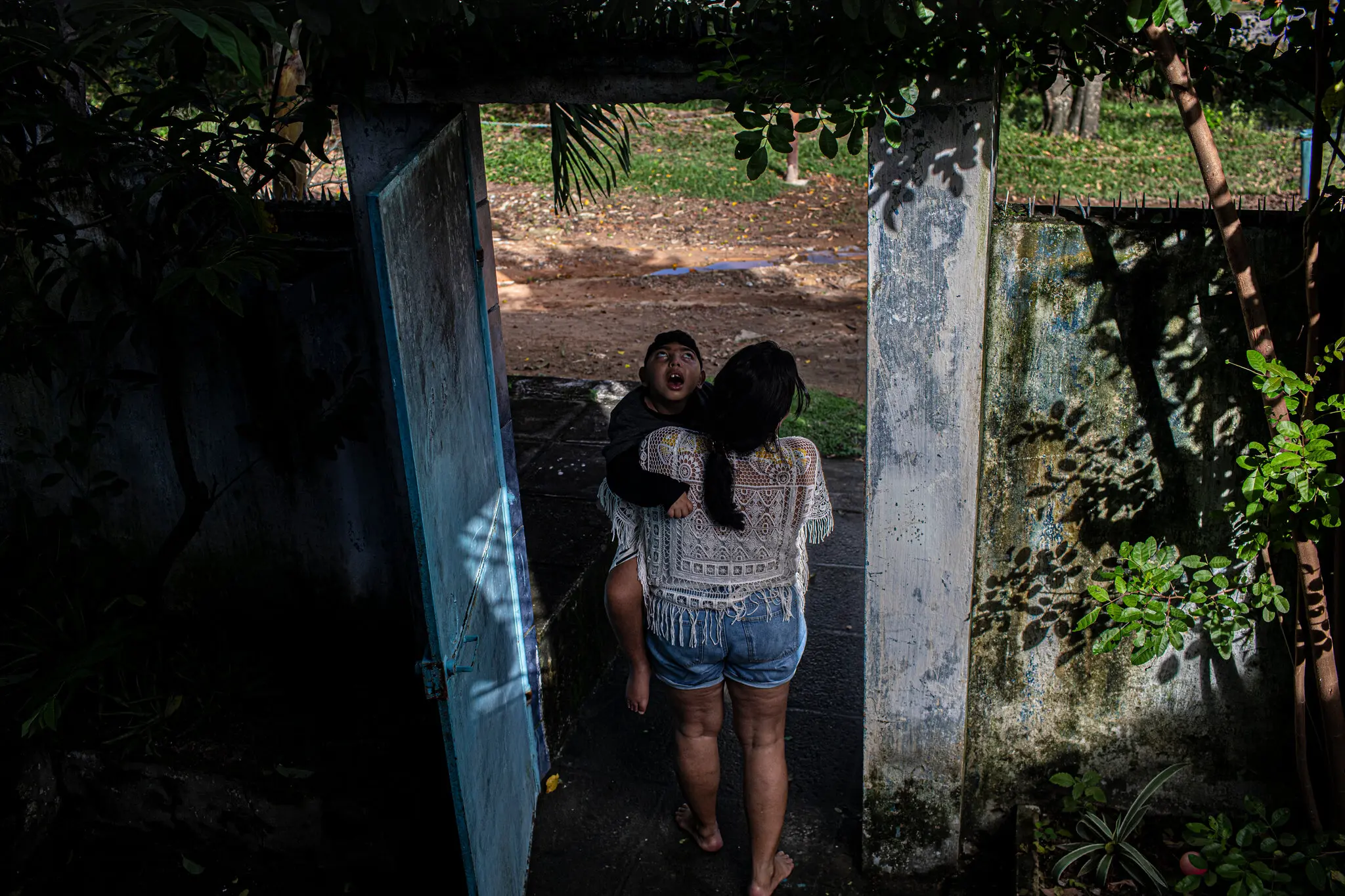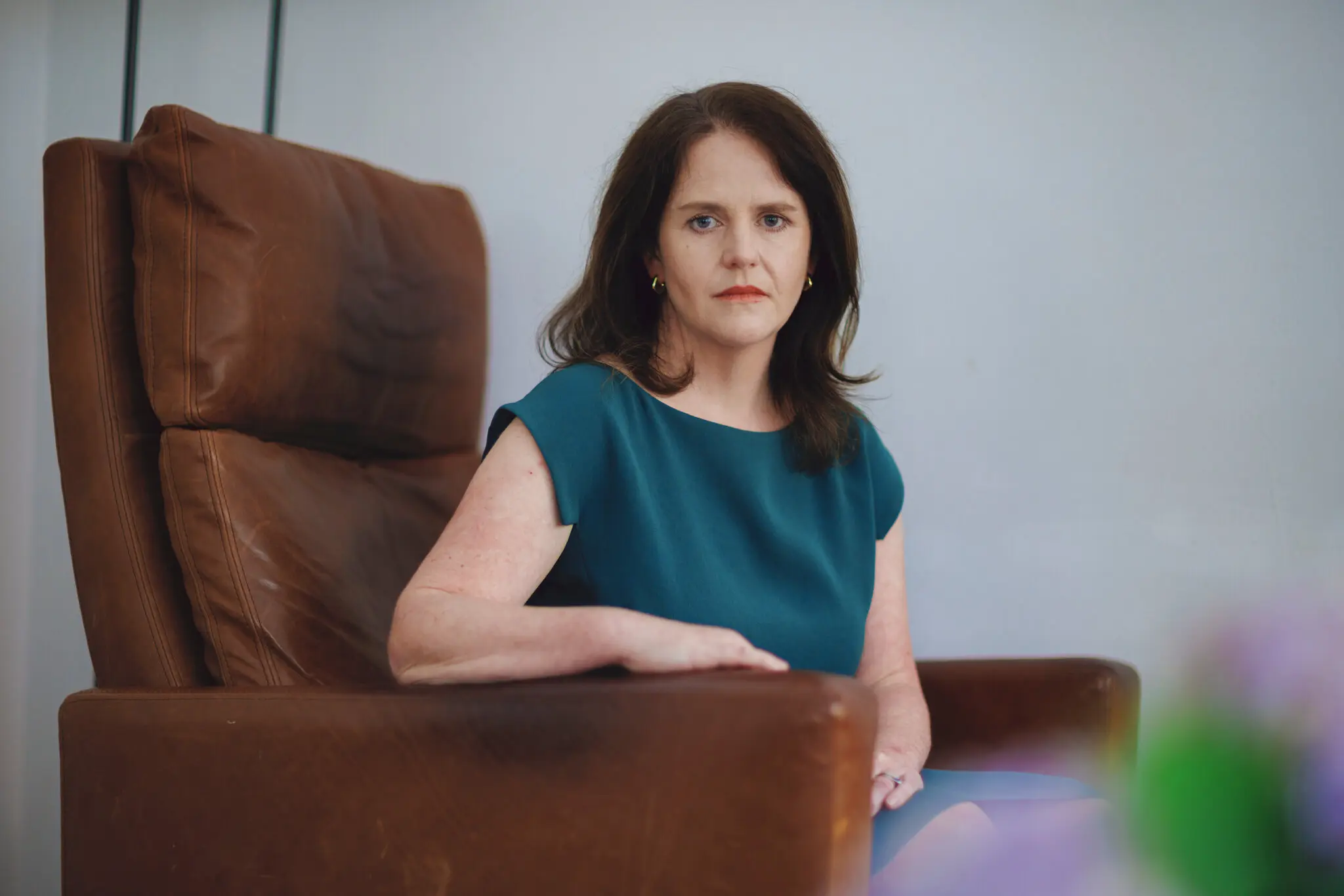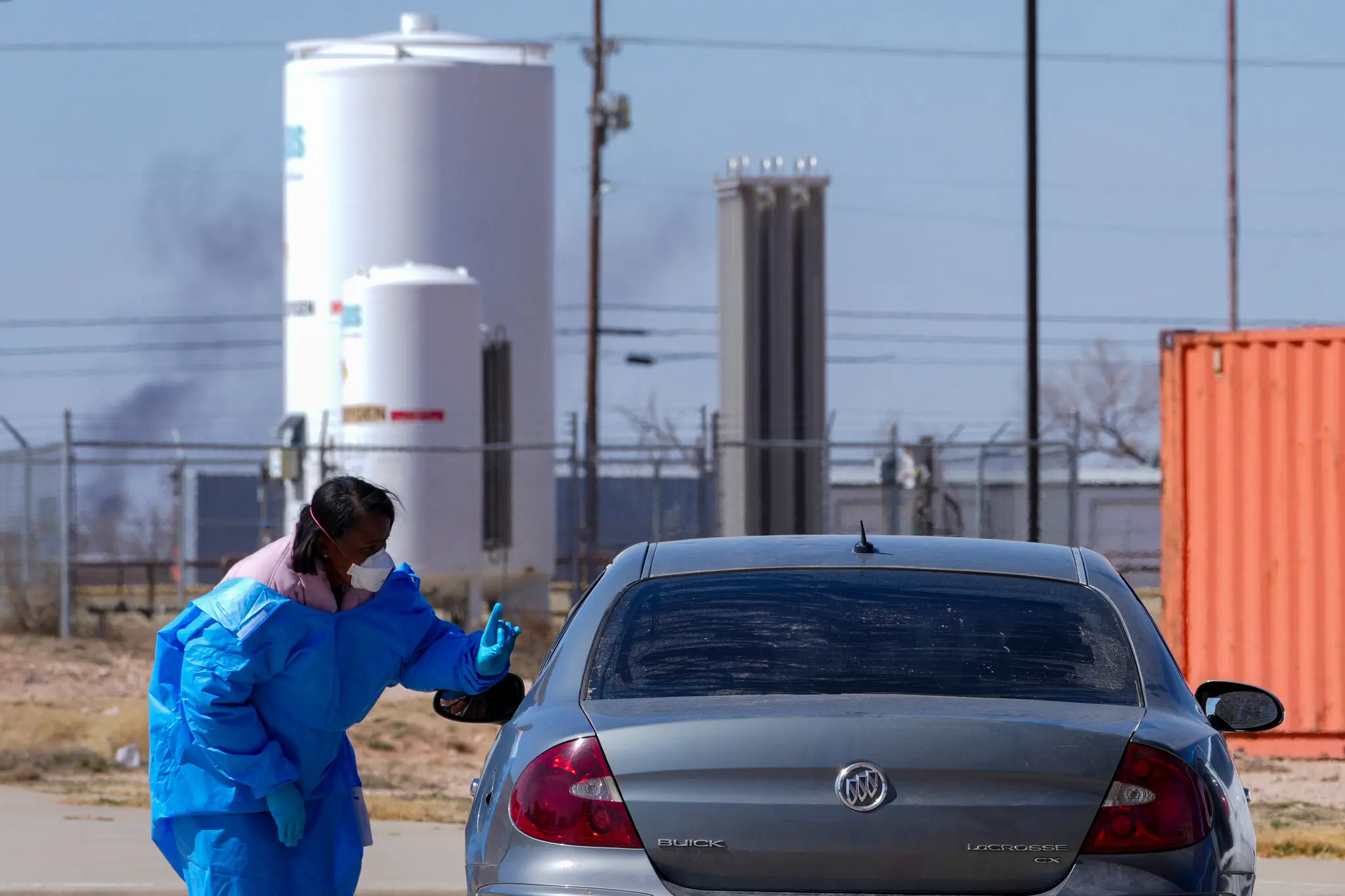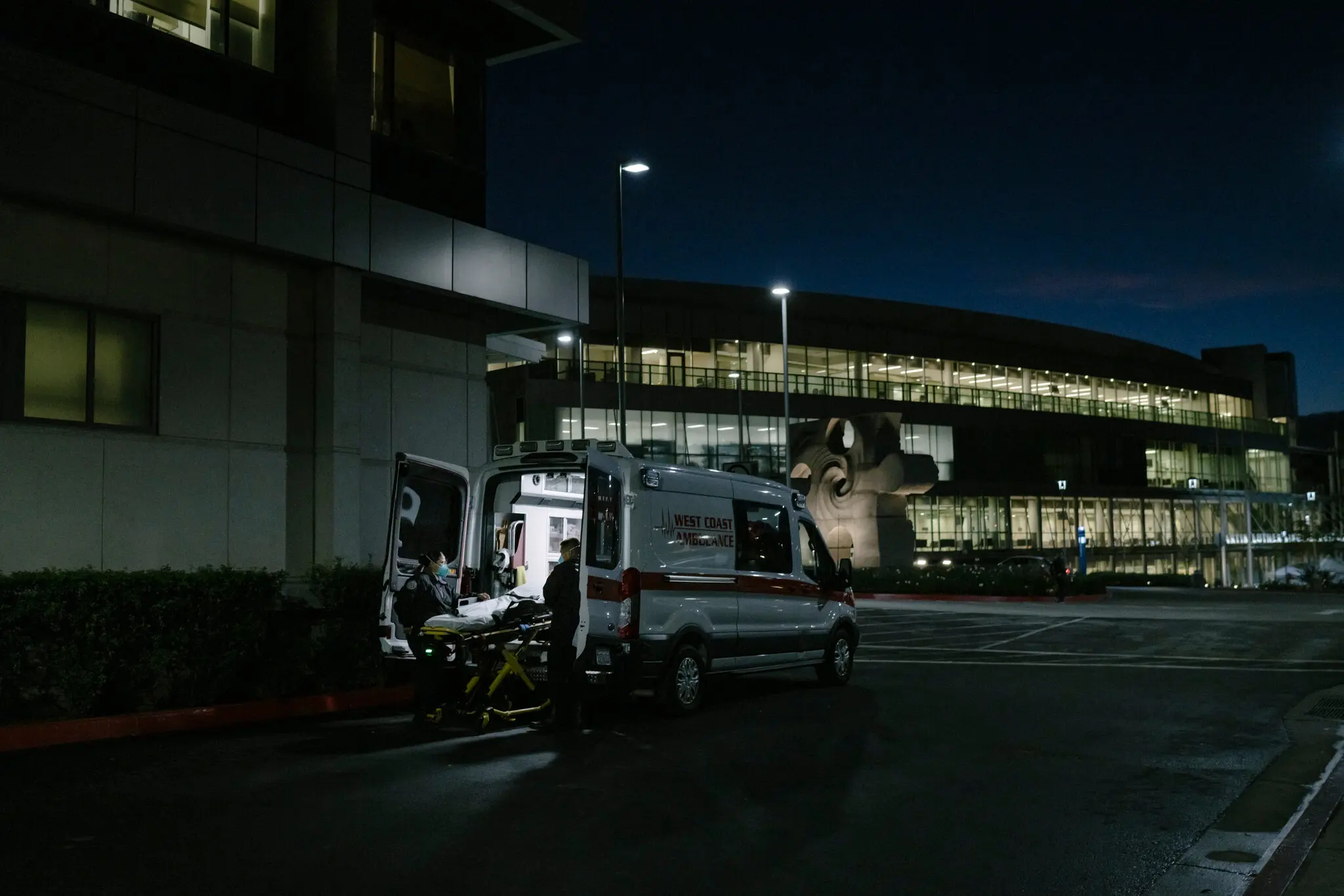The Forgotten Virus: Zika-Affected Families and Scientists Left Behind as Support Wanes

Years after the Zika virus outbreak shook Latin America and the world, families caring for children with congenital Zika syndrome and researchers studying the virus say they are being left behind. With attention and funding diverted to newer crises, Zika’s long-term victims are struggling in silence.
Once at the center of global health headlines, the Zika virus has faded from public view—but for thousands of families and a small group of researchers, the crisis is far from over. Nearly a decade after the explosive outbreak in Brazil and other parts of Latin America, those affected by the virus and those working to understand it say they have been largely forgotten. The families of children born with congenital Zika syndrome (CZS)—a range of birth defects including severe microcephaly, brain damage, motor disorders, and developmental delays—are still struggling daily with overwhelming medical needs, limited government assistance, and social stigma. Meanwhile, scientists who once received generous grants to study the virus now report dwindling interest and an uphill battle for continued funding. **A Crisis That Never Ended for Some** Zika virus, transmitted primarily by the Aedes aegypti mosquito, captured international attention in 2015 and 2016 when thousands of babies were born with devastating neurological conditions across Brazil, Colombia, and several Caribbean nations. The link between maternal Zika infection during pregnancy and fetal brain abnormalities sparked health emergencies in dozens of countries and even led the World Health Organization (WHO) to declare a Public Health Emergency of International Concern. But as case numbers dropped and public attention shifted, so too did the resources. Today, many of the children born during the crisis are approaching school age—and their families say they feel abandoned. Maria Beatriz Silva, a mother in Recife, Brazil, cares for her 8-year-old daughter, Camila, who was born with severe microcephaly. “We live with this every day—therapies, seizures, doctor visits, feeding tubes,” Silva says. “But the help stopped coming. Politicians forgot about us. The media moved on.” Her words echo across a growing community of Zika-affected families who have organized into grassroots support groups, trading information, fundraising for medications, and lobbying their governments with little success. **The Science Left Behind** Researchers studying Zika’s long-term effects are facing similar neglect. In the wake of the outbreak, governments and international bodies pumped millions into vaccine development, diagnostic tools, and vector control strategies. But as the immediate crisis passed, so did the urgency—and the money. Dr. Rafael Medina, a virologist at a leading Latin American university, says that dozens of promising studies were abandoned midway due to lack of funds. “We still don’t understand the full scope of Zika’s neurological impacts, especially in children as they grow,” Medina explains. “Some were born without visible signs but now show cognitive or behavioral issues. But we can't track them if the studies are shut down.” According to a recent analysis published in *The Lancet Infectious Diseases*, Zika-related scientific publications have declined by over 70% since 2018. In Brazil, the national research funding body has reduced grants in virology and neurodevelopment by more than half over the same period. **Long-Term Medical Needs, Short-Term Memory** For families of children with CZS, the medical burden is constant and growing. Many children require intensive physical therapy, speech therapy, orthopedic interventions, feeding support, and seizure management. Some are wheelchair-bound and need round-the-clock care. “Parents are burning out,” says Ana Paula Marques, a social worker in Salvador. “These are children who will never be independent. But the systems that should support them—schools, health services, disability care—are not equipped or have turned away.” A study by Brazil’s Ministry of Health in 2023 found that only 28% of children born with CZS were receiving all the therapies they were prescribed. Many families live in poverty and cannot afford private care or transportation to distant clinics. In Colombia and El Salvador, where health systems are even more strained, some families report going months without access to anticonvulsant medication or occupational therapy. **The Human Toll of Global Amnesia** The sense of abandonment is not just financial—it’s emotional. Many parents feel they were celebrated as symbols of resilience during the height of the outbreak, only to be left alone once the cameras disappeared. “There was a time when reporters came to our house every week,” says Diego Paredes, a father in Cartagena. “Now, nobody cares. Not the government. Not even NGOs. They think Zika is over.” The isolation has also led to a rise in mental health struggles among caregivers. Depression, anxiety, and caregiver burnout are rampant, yet mental health services remain underfunded and stigmatized in much of the region. **A Disappearing Threat or a Dormant One?** While Zika transmission has declined in most of Latin America, experts caution that the virus still exists—and could return. Climatic shifts, urban expansion, and mosquito resistance to insecticides could all lead to a resurgence. “We can’t afford to treat Zika like history,” warns Dr. Elizabeth Torres, a global health expert at Georgetown University. “It may not be front-page news today, but the virus is still circulating. And its impacts will last for decades.” In some parts of Southeast Asia and Africa, where Zika was never formally declared a crisis, outbreaks go undetected due to lack of surveillance and diagnostics. Researchers worry that the lull in attention could lead to another preventable catastrophe. **Vaccines and Unfinished Work** Several vaccine candidates made progress during the height of the outbreak, but none have reached full approval. With funding reallocated to COVID-19 and other emergencies, Zika vaccine development has slowed to a crawl. Dr. Medina notes that without investment, any future outbreak could again catch the world unprepared. “We came so close to a breakthrough,” he laments. “But people lost interest before we could finish the job.” **Grassroots Advocacy and Resilience** Despite institutional setbacks, families and activists continue to push for recognition and support. In Brazil, the group *Mães de Anjos* (Mothers of Angels) holds monthly vigils and meetings to maintain visibility. Online networks have formed across borders, allowing families in Mexico, Puerto Rico, and the Dominican Republic to share strategies and resources. Some local governments have stepped up in small ways. In Pernambuco, new early education programs tailored to neurodivergent children have been piloted. A few universities have resumed small-scale longitudinal studies with independent funding. But advocates say these efforts are drops in the ocean. “We need systemic support, not just sympathy,” says Marques. “These children are not a past headline. They are our present—and our future.” **Conclusion: A Crisis in the Shadows** The story of Zika is not over. For the families caring for children with congenital Zika syndrome, for the scientists still working in underfunded labs, and for the communities where the virus still lurks, the crisis continues. What has ended is the world’s attention. As new health threats emerge—from monkeypox to Marburg to the next pandemic—public health institutions face the challenge of sustaining long-term care and research even after the spotlight fades. The Zika experience is a warning: when crises are treated as fleeting events instead of enduring realities, the most vulnerable are left behind. “We didn’t choose to be part of this story,” says Maria Beatriz Silva. “But now that we are, we deserve to be seen—not just during the emergency, but every day after.”



